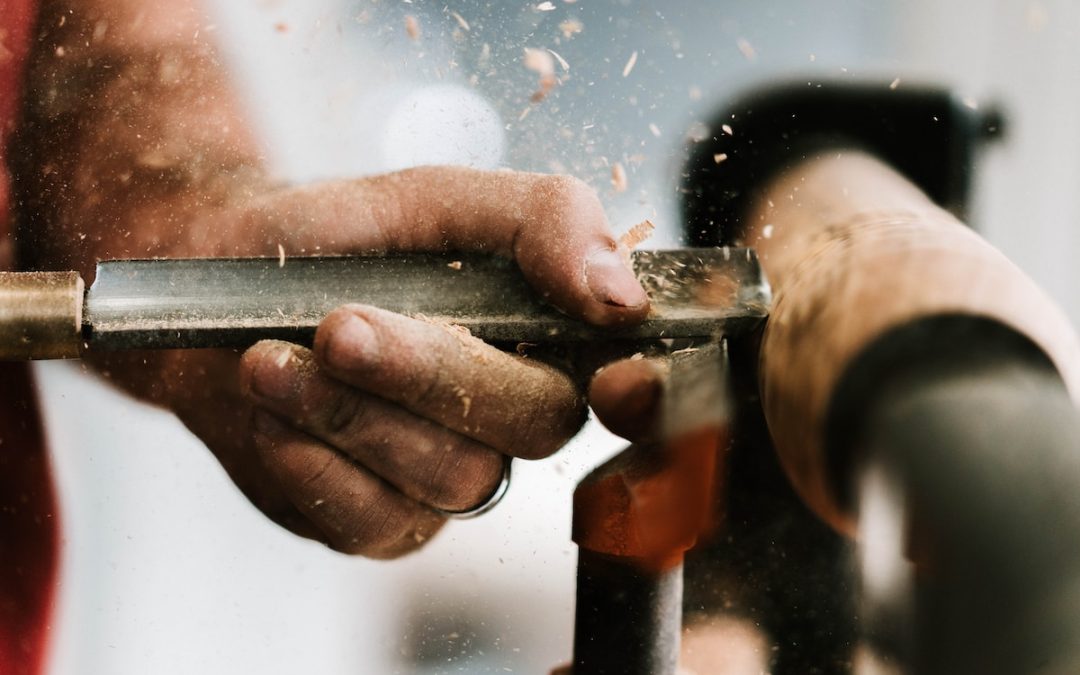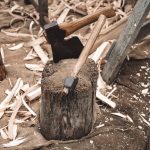As a traditional Moroccan joinery expert, I’ll share everything about this craft. Woodworkers have been using these methods. To create impressive furniture and decorative pieces for homes and businesses for centuries. Our comprehensive guide covers the history of joinery in Morocco. Moroccan joinery techniques are evident through the use of traditional tools and materials. As well as the construction of classic projects. If you want to add a unique touch to your next project or learn more about this timeless craft, keep reading!
Skilled artisans crafted intricate wooden frames by hand. Using basic tools like chisels and saws hundreds of years ago. Creating sturdy yet elegant designs that endure generations of use. Today, many craftsmen still draw inspiration from these ancient traditions.
Moroccan joinery is famous for its use of distinctive materials. Such as cedarwood, ebony, teak, and rosewood, each adding its unique flavor to any piece. With traditional Moroccan joinery techniques. It’s possible to use the perfect combination of woods. To create tables, chairs, cabinets, and chests – anything you want. So if you’re looking for something special that sets you apart from the rest. Look no further than this time-honored practice!
Definition
Moroccan joinery’s found in many aspects of the culture as a craftsmanship of art. It is an intricate, complex form of carpentry from Morocco. With its unique methods and techniques. Used as a traditional style of joinery for centuries. Creating beautiful objects such as furniture, doors, windows, and more.
The definition of Moroccan joinery is quite simple. It’s the skillful joining together of two or more pieces of wood. To create something pleasing and sound. This type of craftsmanship requires not only knowledge but practice and patience. The materials used are usually hardwoods. Such as teak and mahogany, which needs treatment when cut into shape.
When talking about Moroccan joinery techniques we refer to various methods. Such as mortise-and-tenon joints, dovetails, dowels, and tongue-and-groove joints. Designed to hold the structure together. While providing flexibility where needed. One must understand how different woods interact with each other. Ensuring your piece lasts longer than planned!
Artisans take great pride in their work. They spend hours perfecting their craft so that every detail looks right. Their dedication guaranteed that each item created will stand out among others. A true testament to the beauty of this ancient form of carpentry. With careful planning and execution, you can have stunning results in Moroccan joinery!
History
Now that we have a clear definition of traditional Moroccan joinery techniques. Let’s explore the history behind them. It’s vital to understand the roots of this craft to appreciate its beauty and use it today.
The origins of Moroccan joinery techniques are traceable back to 11th-century Moorish Spain. During this time, skilled artisans crafted intricate wooden furniture with complex geometric patterns. Like those still seen today in Morocco. People adapted and passed down these carpentry methods through generations. And they became a part of Moroccan culture.
Over centuries, Moroccan joinery has developed in a versatile way. producing beautiful and functional pieces of art. Using ageless techniques without any boundaries. Producing anything from doors and window frames to tables and chairs is possible. Contemporary variations include merging woodworking with metalwork. Or enhancing pieces with decorations like carvings or etchings.
1)Traditional Moroccan joinery involves the precise cutting of interlocking joints.
2)It often includes detailed carving, painting, or gilding on surfaces.
3)Materials used range from different types of hardwoods to metals such as brass or copper.
Age-old traditions and modern innovations have kept Moroccan joinery alive over the years. Allowing craftsmen to continue creating beautiful pieces that stand the test of time. Moroccan joinery is still popular today as a traditional form of woodworking. Thanks to its rich heritage and diverse range of uses. This enduring legacy is a testament to its lasting appeal.
Wood Types Used
When using traditional Moroccan joinery techniques. The type of wood is a crucial factor. Morocco has a range of native woods, as well as hardwood species from Africa and Europe. Pine and fir are popular for specific projects. Furthermore, one can import tropical timber for use in joinery work.
Moroccan carpenters often use cedar, olive, juniper, and cypress. Which are all indigenous woods. Type of woods known for their durability, strength, and stability when joined together. Cedar’s charming grain pattern and weather resistance. Make it a popular choice for furniture making. Olive wood provides a robust finish that withstand wear and tear. While still allowing intricate carving details. Juniper’s unique color ranges from light yellowish-brown to dark reddish-greens. Makes it ideal for creating eye-catching pieces. Cypress is ideal for creating beautiful and sturdy pieces. Due to its rich brown hue and interesting grain patterns.
Recently, teak, mahogany, and oak have become popular choices for joinery work. Due to their durability and aesthetic appeal. Teak is well-known for its water-resistant properties. Suitable for outdoor applications such as decks or pergolas. Mahogany has a deep red hue with a fine texture that looks fantastic when stained. Or polished, making it ideal for high-end furniture. Oak provides a more rustic look but retains remarkable strength once joined together. Making it perfect for creating lasting pieces.
Tropical timbers offer even greater choices when it comes to joinery work. Thanks to their exotic colors and textures not found elsewhere in nature. Species such as Ipe, Jatoba, and Cumaru feature vibrant hues. Ranging from golden oranges to deep purples. Adding stunning visual appeal alongside incredible durability! This makes them sought after for traditional Moroccan joinery techniques.
Careful consideration should be necessary when selecting different woods. As each provides distinct advantages depending on the project at hand. This guarantees outstanding quality craftsmanship every time.
Common Joinery Techniques
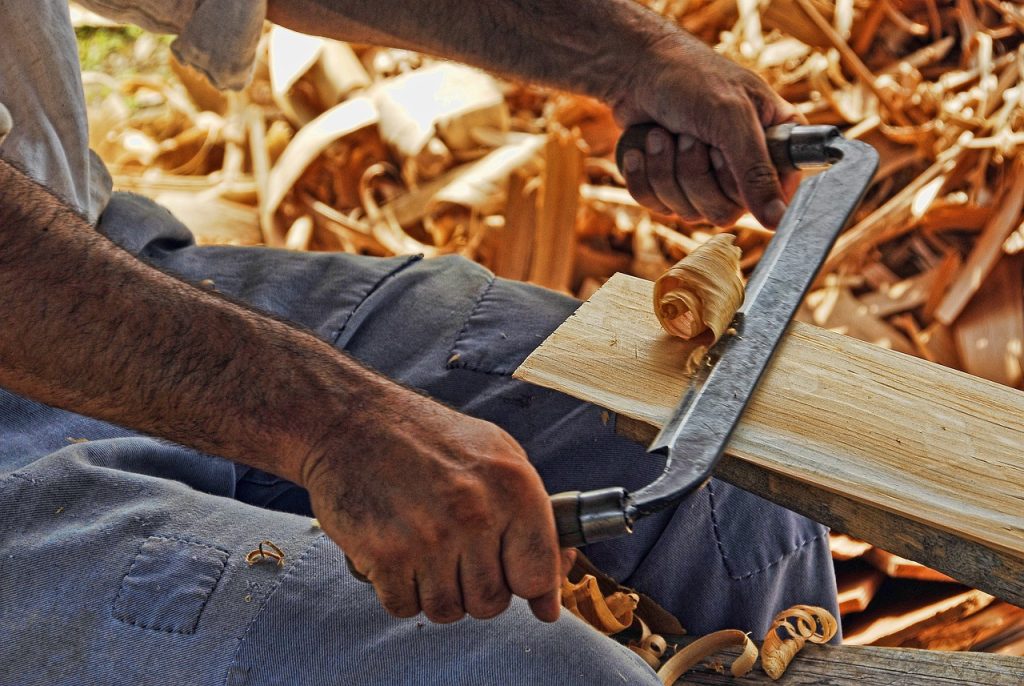
After preparing the materials for joinery. It’s time to explore the world of traditional Moroccan techniques. These methods have survived for centuries and artisans still use them today. In this section, we will cover several common joint types. Along with their advantages and disadvantages.
| Technique | Benefits | Drawbacks |
| Mortise-and-tenon | Strong connection between two pieces of wood | Requires precise cutting<br>Time consuming process |
| Dovetail-joints | Durable connections | Difficult to construct without specialized tools |
| Rabbet-joints | Easy to assemble | Visible from front view due to depth of cut |
| Miter-joints | Produces appealing angles | Joint requires extra support if not secured |
| Bridle-joints | Allows most flexibility in positioning components | Requires exact measurements during cutting process<br>Disassembled/reassembled |
Each joint type has its advantages and disadvantages. Depending on the project’s requirements. Careful consideration is vital before deciding which joint is most suitable. Mortise-and-tenon joints are strong. But I need advanced skills and patience as they are more labor-intensive. Miter joints provide pleasing angled edges that overlap. Bridle joints offer excellent adjustability but need skillful measurements during construction. Dovetail joints are durable but can be difficult to construct without specialized tools. Rabbet joints are easy to assemble but visible from the front view due to the depth of the cut.
Accuracy and attention to details are significant for achieving success. With traditional Moroccan joinery techniques. Regardless of the joint type chosen. Any tool or machine cannot replace these key elements
Advanced Joinery Techniques
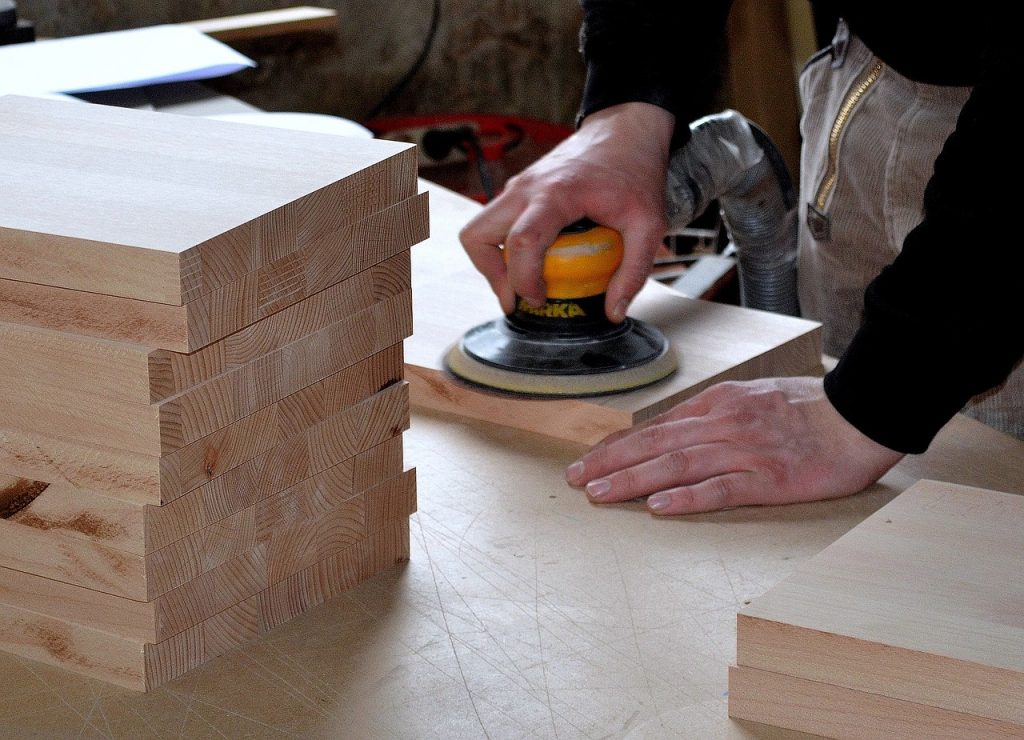
Advanced joinery techniques are necessary for creating intricate designs. And adding strength to your projects. Here we will explore some of the more complicated methods. Utilized in traditional Moroccan joinery.
Mortise-and-tenon: Joints made by cutting a mortise (a rectangular hole) into one piece. And a tenon (projection) on the other which fits inside it.
Dovetail joints: Interlocking wedges cut at an angle. Usually seen as decorative features on boxes or drawers.
Box joints: Also known as finger joints. These consist of interlocking fingers that fit together like puzzle pieces.
Corner-lap joints: A joint formed where two pieces of wood overlap each other at right angles. Forming a corner.
Sliding-dovetails: Like dovetail joints but with an added sliding feature. So the pieces move relative to each other for adjustable construction.
These advanced joinery techniques need patience and precision. Thus, practice is significant before attempting them on your project. It’s also best to start small and work up from there until you become proficient in their use. With enough experience, you’ll soon be able to create unique shapes and patterns with ease!
Carving And Decoration
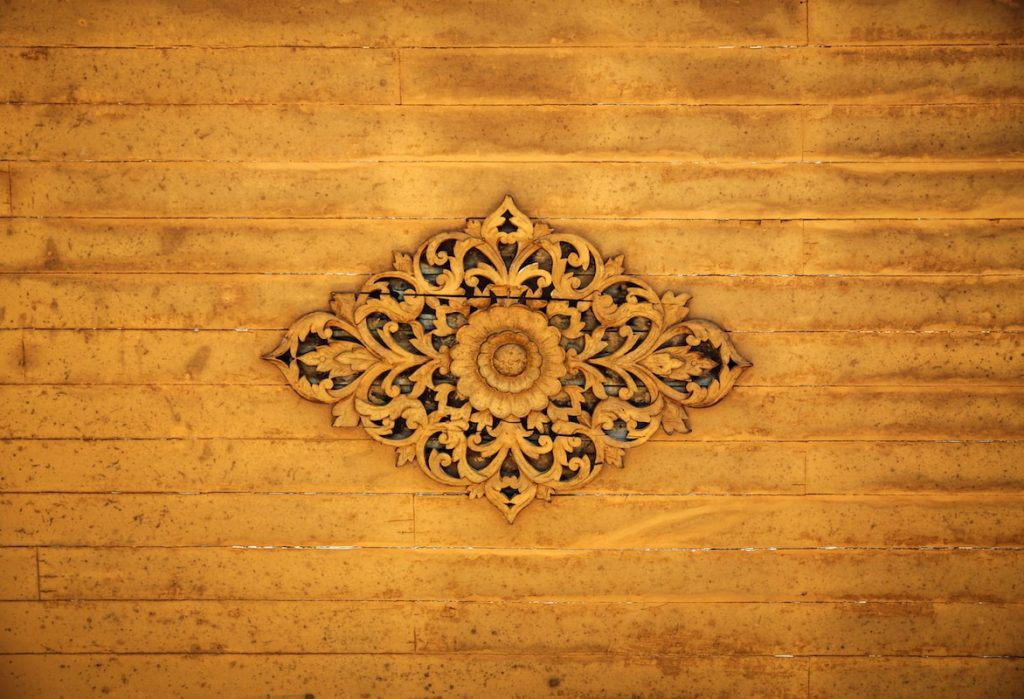
Moving on, we now turn our attention to carving and decoration. This is a major part of traditional Moroccan joinery. As these decorative touches help add a unique flair to the product. Carving decorations range from simple geometric patterns to intricate designs.
When it comes to traditional carving. Each step requires the use of several specific tools.. For instance, chisels are necessary for cutting out shapes and lines into the wood. Other tools like gouges and files allow for further detailing of the pieces that’s carved. Craftspeople must have a good understanding of how to use these tools.
Moroccan decoration enhances the aesthetics of the basic structure. Such as painting, staining, and carving. The creative possibilities are limitless.
Mastering the art of carving beautiful decorations is possible with practice and patience. By focusing on detail and putting in the dedicated effort. Artisans create stunning works of art in a short amount of time.
Finishing Techniques
Finishing techniques are the icing on the cake of any traditional Moroccan joinery. The right finishing products, preservation techniques. And sealing methods will bring out the best in your work. While protecting it from future damage. It’s like putting a frame around a painting – without it, you won’t get to appreciate all its beauty.
There are two main types: surface finishes and penetrating finishes. Surface treatments protect against moisture or staining. They include varnishes, lacquers, and shellacs. Penetrating finishes form an invisible barrier that seals the wood. And prevents further discoloration. These come in oil-based forms such as polyurethane or tung oils. Depending on what kind of look you’re aiming for, you’ll have to pick your finishing product.
Preservation techniques are as vital when working with traditional Moroccan joinery projects. Sanding is always recommended before applying any kind of sealant or finish. This helps secure that the wood grain is uniform and even across the entire piece. Applying coats of sealant adds layers of protection. Against water damage or insect infestations over time. Sand the surface before applying any sealing technique such as waxing. But before staining to achieve an even finish throughout the whole piece.
Having a good set of finessing skills is vital if you want your task to last long into the future. Both speaking and too! With the right combination of protective coatings and careful maintenance habits. Your craftsmanship will remain beautiful for many years ahead.
Advantages And Disadvantages
Traditional Moroccan joinery techniques have various advantages and disadvantages to think about. Before choosing the best method for your project. The table below outlines the main pros and cons of this type of joinery
| Advantages | Disadvantages |
| High Stability | Difficult to Learn |
| Durability | Time-Consuming Process |
| Pleasing Results | May Need Special Tools & Materials |
Traditional Moroccan joinery provides high stability. Ensuring that the joints will remain strong. Throughout the life of any furniture piece. This quality makes it an ideal choice for durable projects including shelving units. It allows for unique aesthetics that stand out from other woodworking techniques.
Learning how to use traditional Moroccan joinery techniques is challenging and time-consuming. Especially for those who are not familiar with them. Besides, acquiring all the necessary tools and materials need a significant investment. Due to the complexity of these techniques, mistakes during construction are possible. Leading to structural instability later on. Thus, it’s needed to compare both the advantages and disadvantages. Before deciding whether it’s the right choice for your project. By understanding what’s involved and what to expect. You’ll be better equipped to make an informed decision. And achieve the best results possible.
Applications In Contemporary Design
Moroccan joinery allows the artisan to create beautiful works of art in wood. Using traditional techniques and tools. These techniques allow for the creation of modern designs. That combines aesthetics and practicality. While there are drawbacks and benefits to these techniques.
Assess the following 4 ways to apply Moroccan joinery techniques to modern design:
Wood Carving – Traditional carving methods. As chip-carving or relief work brings texture and depth to a piece. While still maintaining its structural integrity.
Joinery Techniques – Craftsmen often use time-honored practices. Such as mortise and tenon joints for strength and durability. When constructing furniture pieces like tables or chairs.
Patterned Paneling – Intricate patterns created from different woods. Add visual interest and warmth to any room décor.
Colorful Accents – Colorful accents derived from natural materials. As bone or horn can help tie together. Disparate elements within furniture pieces or rooms.
Traditional Moroccan joinery techniques offer craftsmen a way to explore their creativity. While maintaining a sense of quality and craftsmanship in contemporary design. By combining their skillset with innovative ideas, they create unique pieces. They are both functional and pleasing. Moroccan joinery allows designers to express themselves through timeless creations. That remains relevant even today.
Challenges Of Traditional Joinery
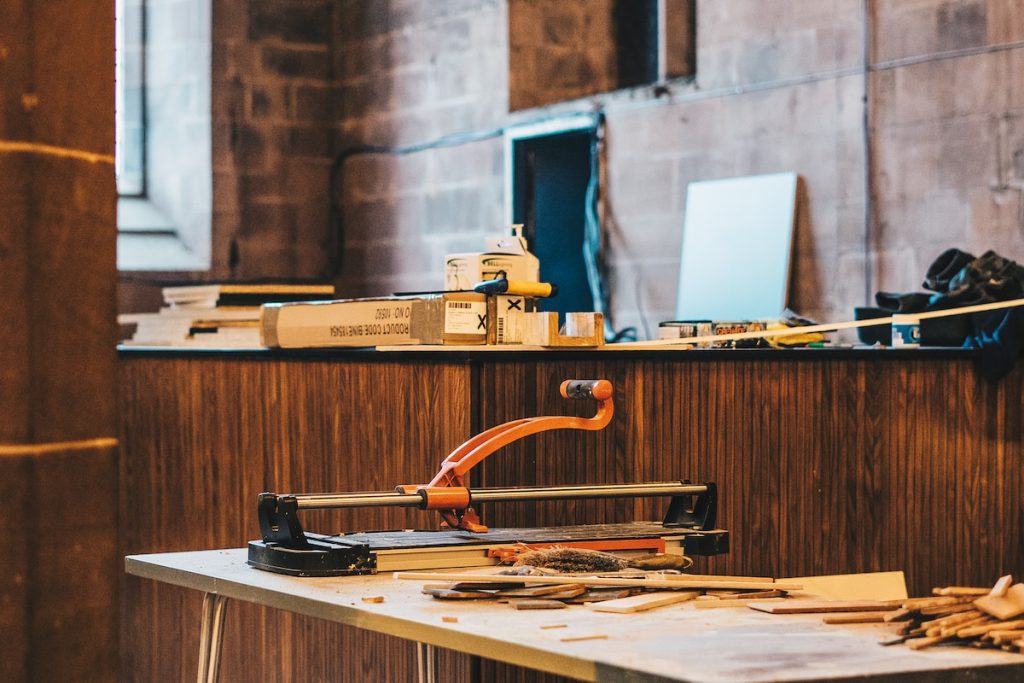
Mastering traditional joinery is a challenging craft. It demands patience, skill, and an understanding of how various elements fit together. Moroccan joinery techniques are especially complex due to their unique construction process. Skill in woodworking techniques such as cutting, routing, and assembly requires significant practice. Traditional wood joinery often requires aligning intricate patterns for successful completion.
Moreover, working with Moroccan joinery requires careful attention to aesthetics. The pieces must fit together to create a pleasing result. Thus, it’s significant to take the time to check each component of the joinery if it’s aligned and secured. Before proceeding to the next step of the project. Otherwise, mistakes could lead to costly repairs or complete replacement of components.
Traditional joinery is not about creating beautiful objects. It’s about preserving cultural heritage through craftsmanship and technique. Learning more about Moroccan joinery techniques honors our ancestors. Who dedicated themselves to mastering this complex art form. While developing methods that continue to inspire us today.
Preservation Strategies
To protect traditional Moroccan joinery techniques. It’s necessary to use preservation strategies that will guarantee their longevity. This involves assessing the environment. That will expose the joinery and select the right type of wood to use. Cedar, cypress, and pine are ideal for these techniques. Due to their natural resistance to rot and decay. Once the artisan chooses the wood. They must treat and seal it with an oil-based sealant or wax finish. To prevent moisture and protect it from pests. Regular maintenance is vital including cleaning and dusting. To keep the joinery looking pristine. Guaranteed that your joinery techniques will remain in excellent condition for years.
As an expert in traditional Moroccan joinery techniques. I confirm the beauty and intricacy of this craft. The use of different woods to create delicate patterns. Has captivated audiences for centuries. And when done the pieces are not only stunning but sturdy and long-lasting. Of course, safety should always be a priority when working with these techniques. But with proper precautions, the possibilities are endless. Any skilled artisan transforms any piece of furniture into a work of art with patience and skill. While preserving this ancient technique may present challenges, the rewards are worth it. I encourage anyone who loves woodworking and enjoys crafting unique pieces . To give traditional Moroccan joinery techniques a try – the experience is unforgettable.

